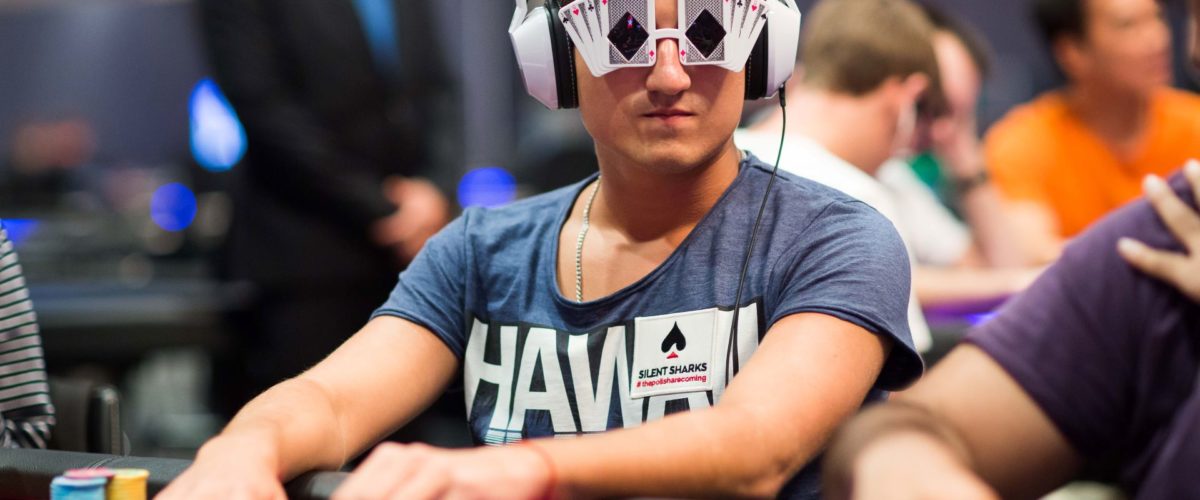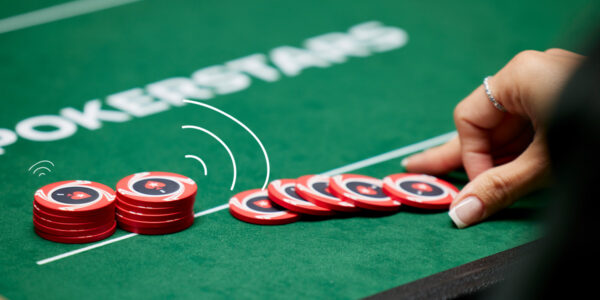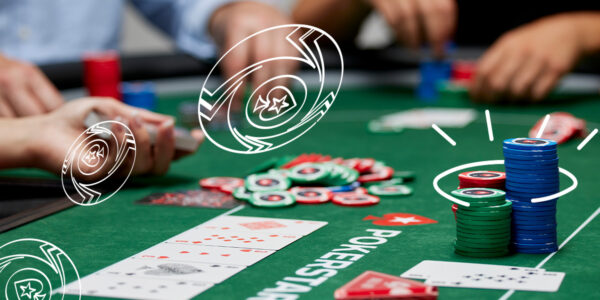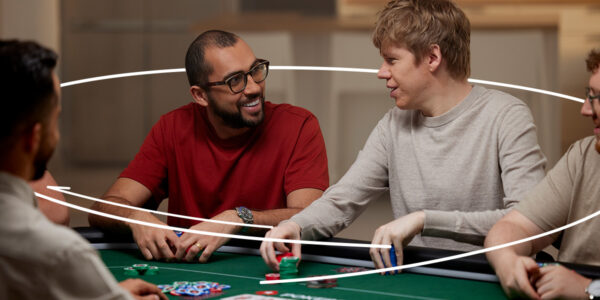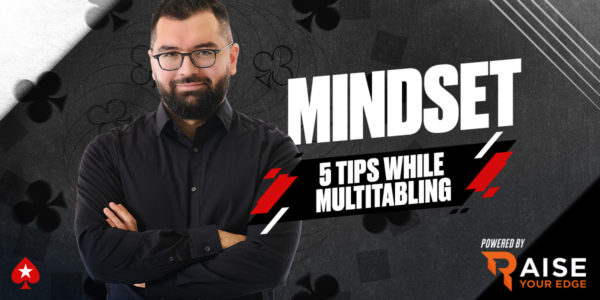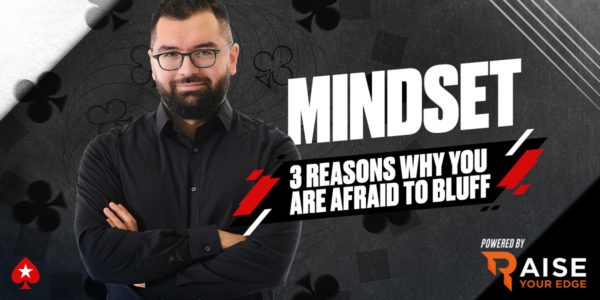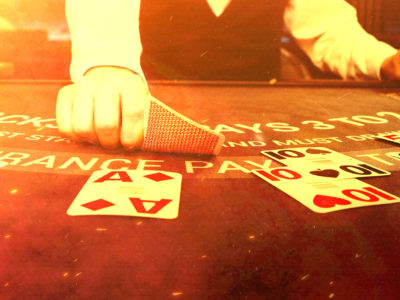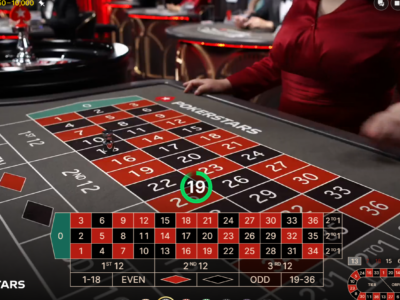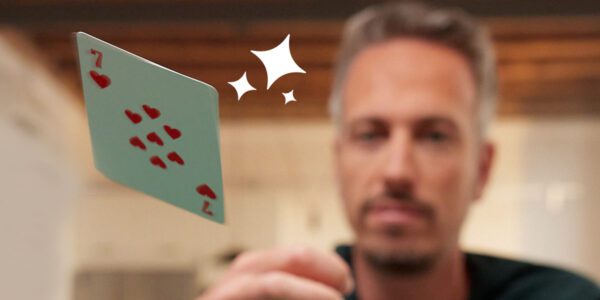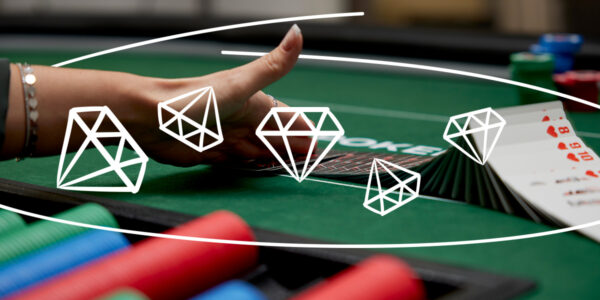Metagame and Levelling
In gaming, and in poker, the Metagame (Meta) is the current set of habits exhibited by regular players at a limit and the beliefs about how people generally think and play at that specific stake. Metagames are separated into steps, each of which is a belief about how the pool plays and a reaction to that belief.
For example, in 2016, the meta at 100NL included the idea that if you open the BU for a min-raise, people would fail to adjust and fold too much of their range. This led to a lot of min-raising (step 1), which in turn caused the reaction of lots of calling from the big blind (step 2). The next step was to size open-raises back up to 2.5x to punish people who had got into the habit of flatting too wide (step 3).
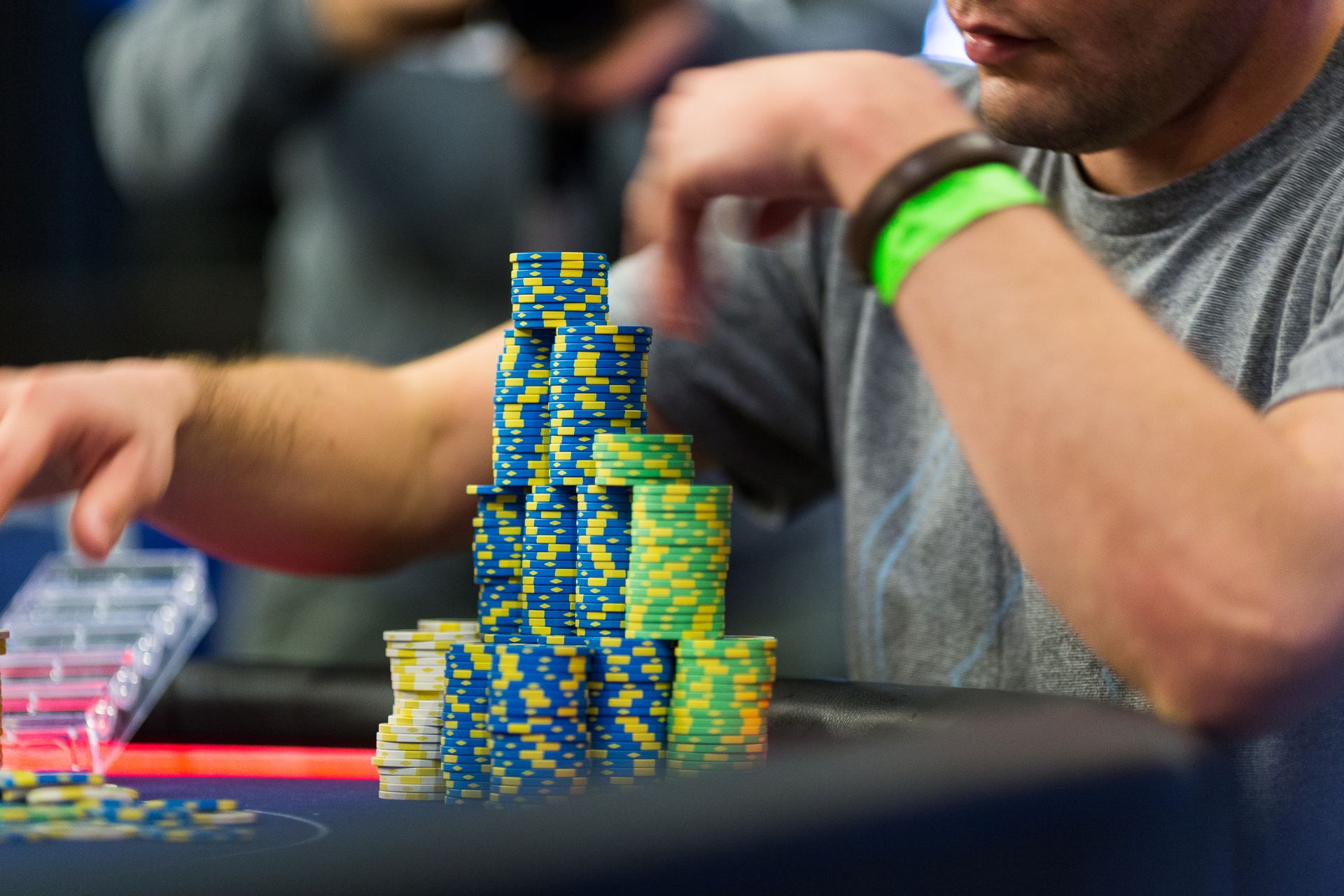
Each time we make a read and adjust to it, we are levelling. When we correctly adapt to how our opponents are playing or induce them to play in a bad way, we are levelling them. When we take this a step too far and actually adjust to an imaginary read, we say that we are levelling ourselves.
Our job is to accurately make reads that do exist, without inventing and reacting to ones that don’t.
An Example – The 4-Bet Meta at 10NL ZOOM
One major leak among aspiring players at micro-stakes is their hesitancy to 4-bet light. Therefore, today’s belief in the 10NL Meta is that 4-betting is strong. Why? Because neither regulars nor less serious players 4-bet enough hands as a bluff. Let’s call the pool’s tendency to not 4-bet light Step 1 of the meta.
The natural reaction, then, is to fold more to 4-bets, rarely flatting, and avoiding 5-bet shoving too many hands a bluff. Let’s call the tendency to fold a lot to 4-bets Step 2.
Now, for every player who exhibits a Step 1 leak – not 4-bettting enough – only a section of these will make the Step 2 adjustment of folding a lot to 4-bets, but that section will be most people. The majority of players are aware enough to go from Step 1 to Step 2. The players who move to Step 2 level the players who exhibit the Step 1 leak.
Step 3, then, is understanding that many people fold too much to 4-bets and 4-bet bluffing more as a response. A much smaller section of the pool is aware enough to make this logical progression. As a general rule on metas, not many people go from Step 2 to Step 3. The players who do reach Step 3, level all of the people who are stuck at Step 2, and this is most of the pool.
Step 4 would then be defending more again to 4-bets due to the belief that people are bluffing a lot. This is a step too far at 10NL due to how few people actually achieve Step 3. Step 4 is typically an overreaction to the behaviour of very few opponents. Unless you know exactly who the avid 4-bet bluffers are, it is best to assume people are stuck at Step 2. Players who get paranoid that their opponents are bluffing a lot in this spot are levelling themselves.

The overall picture is that the meta only goes so far. As you take each exploitative step, less and less opponents are also making those assumptions. We need to find the right stopping point. Where do most opponents fail to take the next step? In most situations, like in the 10NL 4-Bet meta, Step 3 is the step most players fail to reach so if you can identify where Step 3 is, then you have found your stopping point. Do not level yourself by going ahead to Step 4. You will be correctly exploiting the few, and in the process, getting crushed by the many.
When most players fail to take the next step, the meta becomes fixed at that point. The 10NL meta is fixed at Step 2: people respecting 4-bets too much and correctly so. The many do not bluff enough. Our mission though is to be one of the few who exploit the many and this requires that we should stop at Step 3 – 4-bet bluffing a lot. We go one step and only one step further than they do. By doing so, we quite literally remain a step ahead
On a more technical note, when we’re 4-bet bluffing, we can maximise EV by selecting hands with premium blockers. In other words, hands that contain an Ace or a King. In the current micro-stakes meta people rarely flat 4-bets, so we will do better with a brute force high hand like KQo which blocks the nuts than we will with a pretty little hand like 87s which flops well. What good is a pretty hand without a flop to compliment it?
Homework
Why not have a think about your current stake and ask yourself how the pool behaves in many of the common situations? What are the steps of the meta in each situation and at which step do most people stop? By doing this, you can build a chance of exploitative habits designed to beat the short-sighted view of most players at your stake. This works equally well for live games.
Summary
- The meta is the current set of beliefs in a player pool. These beliefs come in the form of steps which only go so far.
- Our job is to find the step the majority of the pool fails to reach and stop there.
- Levelling is correctly stopping exactly one a step ahead of your opponents.
- Levelling yourself is to go a step further than this.
- A good exercise is to make a list of common spots and decide what the steps are in your games and where to stop.
View Other Blogs




